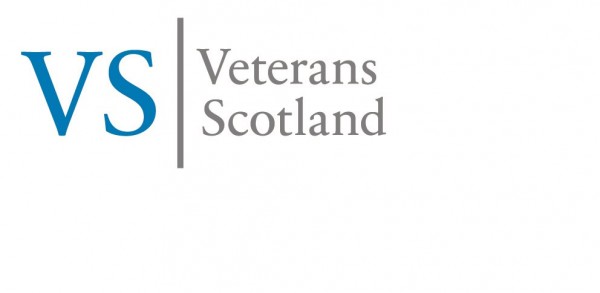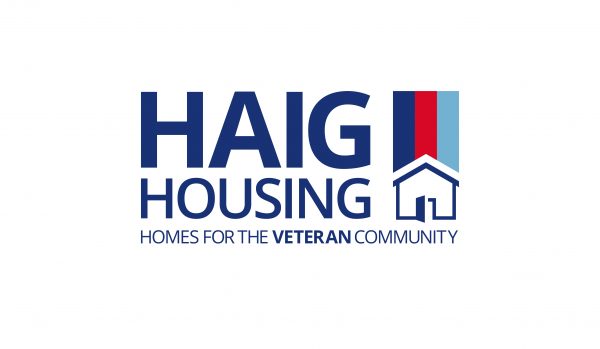Analysis of UK armed forces veteran population data from Census 2021, and spouses and children of veterans living in the same household, covering general health, disability and unpaid care by personal characteristics.
Main points
- The proportion of disabled veterans was larger than the proportion of non-veterans (32.1% compared with 19.6%). This difference became smaller but remained when we took age, sex and regional differences between the two groups into account (32.1% compared with 30.0%).
- Among those born in Ireland or “Other Commonwealth countries” or British Overseas Territories, the percentage of disabled veterans became notably lower than disabled non-veterans after accounting for differences in age, sex and regional distribution between veterans and non-veterans.
- The proportion of veterans who were disabled was smaller than the proportion of non-veterans in all but the “White” and “Mixed or Multiple” ethnic groups, after taking differences in age, sex and regional distribution between veterans and non-veterans into account.
- A greater proportion of veterans than non-veterans who identified as gay or lesbian, bisexual or another minority sexual orientation said their health was bad or very bad and were disabled. These differences could only be partly accounted for by age, sex or location factors but did become smaller once these factors had been considered.
- A higher proportion of veterans than non-veterans, aged 70 years and over, provided unpaid care and the greatest difference was between veterans and non-veterans aged 85 to 89 years (12.8% compared to 7.2% or 10.2% after adjustments).
- Among spouses or partners who lived with a veteran, 26.1% were disabled and 18.9% provided unpaid care; 11.4% of children or stepchildren (of any age) who lived with a veteran were disabled and 8.0% provided unpaid care.
Go to the full release
Looking beyond the census, the Government launched the Veterans’ Survey in November 2022, which generated thousands of responses from UK armed forces veterans from across the UK.
The ONS is now ready to share the first insights into the results on 15 December 2023. The first results, which look at the demographic profile of those who responded, will be supported by analysis and background documents to help users understand how we carried out the survey and how we have processed and analysed the results.
Further publications will be scheduled throughout 2024 to cover the wide breadth of topics that the survey captured.

















